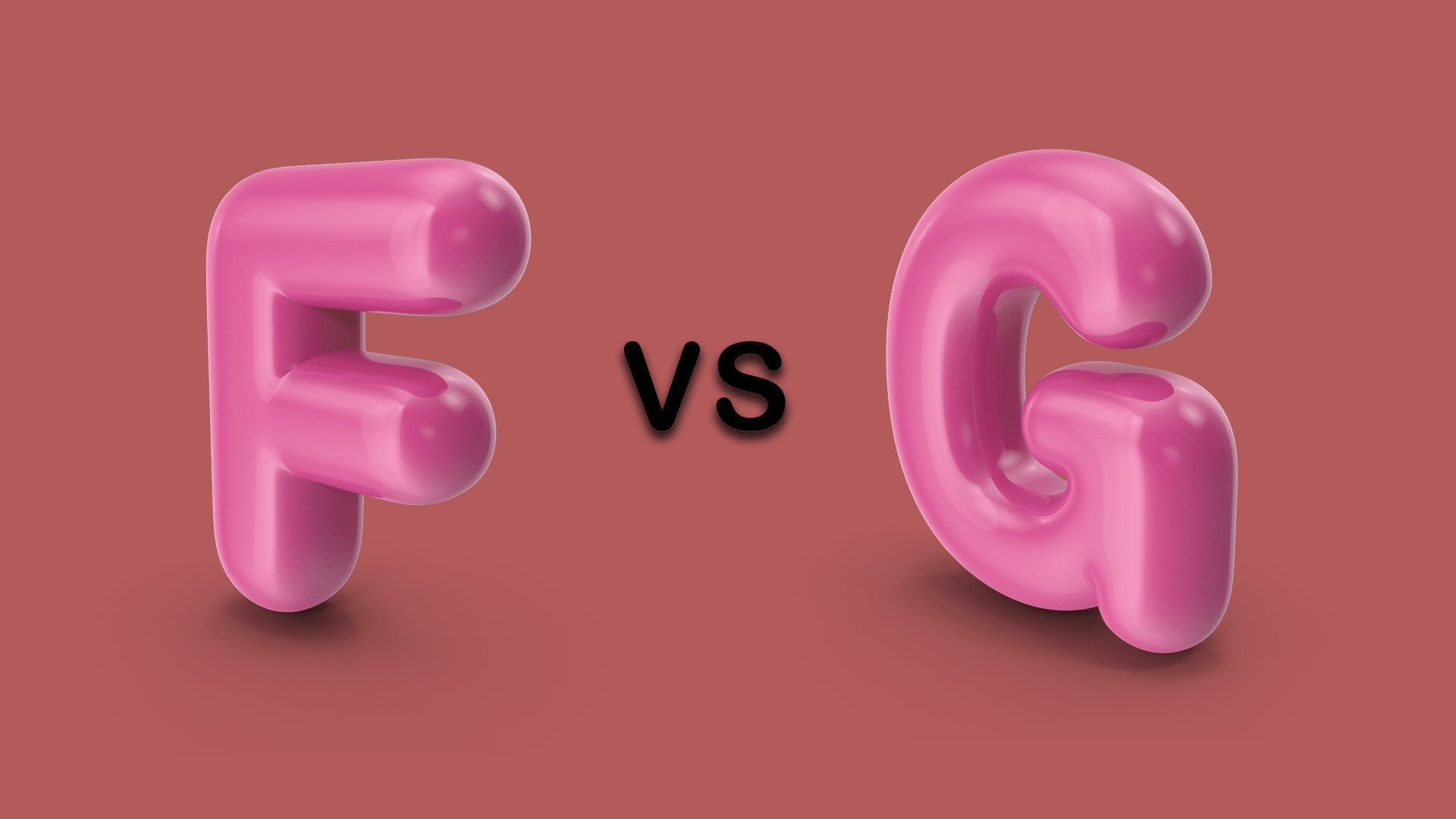The costs of any given Medigap Plan G will vary widely depending on a variety of factors. The most important of these factors will be your age, gender, whether you use tobacco or not, your health status, and, most importantly, your location. Before enrolling in a Medicare Supplement Plan, it’s crucial that you compare rates among the providers in your area so that you wind up paying the lowest possible price.
Plan G monthly premiums
No matter what Medigap plan you enroll in, you will have to pay monthly premiums. While Medigap Plan G is extremely comprehensive, it does not cover your Medicare Part B monthly premium. So, if you have Plan G, you will have to pay your monthly premiums in addition to your Part B premium.
Again, monthly premiums are going to vary, but there are three main ways that insurance providers set monthly premiums. Those three ways are:
- Community Rated: Everyone with the same policy pays the same monthly premium rate, regardless of their age.
- Issue-age Rated: Monthly premiums are set based on your age when you enroll in your policy. The younger you are when you buy your policy, the lower your premiums will be and vice versa.
- Attained-age Rated: Monthly premiums are set based on your current age. Under an attained-age policy, your premiums increase as you get older.
Plan G deductibles
Medigap Plan G will cover your Medicare Part A deductible, but it will not cover your Medicare Part B deductible. While, as a general rule, Medigap plans do not have their own deductibles, there is an exception for Plan G. In addition to the regular Plan G, which has no deductible, you can choose to enroll in a high-deductible Plan G coverage plan.
The high-deductible Plan G gives you lower monthly premiums in exchange for paying a deductible. The Plan G deductible is $2,370. So, under the high-deductible plan, you will be responsible for the first $2,370 of coverage before your Medigap plan covers the rest of your costs.
Plan G copays and coinsurance
Plan G policies cover copay and coinsurance costs associated with Medicare parts A and B. If you have a Plan G policy, you won’t be responsible for these costs.
Plan G out-of-pocket costs
Medigap plans may not cover every single healthcare-related treatment that you receive. Coverage will, of course, depend on which policy you choose. If you receive a service that is not covered, you will be responsible for paying those costs out-of-pocket.
Here are some services that are not covered under any Medigap policy:
- long-term care
- dental
- vision, including eyeglasses
- hearing aids
- private nursing care
While Medigap Plan G may not cover every single healthcare service, Plan G does not have any out-of-pocket limits. Because of this generous coverage, Plan G is one of the most popular Medigap plans on the market.

Speaking of Coverage, What Does Plan G Cover?
Medigap Plan G is one of the most comprehensive Medigap plans on the market. Plan G covers the following at 100%:
- Medicare Part A deductible
- Medicare Part A coinsurance
- Medicare Part A hospital costs
- Medicare Part A hospice coinsurance or copay
- skilled nursing facility coinsurance
- blood (first 3 pints)
- Medicare Part B coinsurance or copay
- excess charges associated with Medicare Part B
Also, Plan G will cover 80% of health services provided during foreign travel.
It is also worth noting that all Medigap plans are standardized, meaning their basic coverage will not change no matter who provides the plan, where you live, or any other factor. All Plan G policies will cover what is written above, regardless of circumstance.
Are Medicare Plan G premiums tax-deductible?
Medicare Plan G premiums are health expenses, so they’re considered tax-deductible on a federal tax return. If you spent more than 10% of your adjusted gross income on eligible medical expenses, then itemizing may help you save.
Who can enroll in Medicare Supplement Plan G?
We strongly recommend enrolling in a Medigap plan during your Open Enrollment Period. This is a 6-month period starts when you turn 65 or upon the effective date for your Medicare Part B. During this period, you can apply for any Medicare supplement plan that is available to you. Insurance companies cannot turn you down for any reason during your Open Enrollment window.
Other Medigap enrollment guidelines include:
- Medigap policies can only cover one person, so spouses will need to buy their own policy.
- Federal law doesn’t compel companies to sell Medigap policies to those under age 65. If you’re under age 65 and eligible for Medicare, you may not be able to purchase a Medigap policy.
- You cannot have both a Medigap policy and a Medicare Part C (Medicare Advantage) policy. If you want to purchase a Medigap policy, you’ll have to switch back to original Medicare (parts A and B).
- Medigap policies do not cover prescription drugs. If you’d like prescription drug coverage, you’ll need to enroll in a Medicare Part D plan.
- Medigap policies are guaranteed renewable, regardless of whether or not you have health problems. This means that your policy can’t be canceled as long as you continue to be enrolled and pay your premiums.
Enrolling in Medigap Plan G
Medigap Plan G is one of the fastest-growing, most popular Medicare Supplement plans on the market. Because Medigap Plan F is phased out for new Medicare enrollees, Plan G is the most comprehensive plan available if you’re new to Medicare. While the regular plan has higher premiums due to the policy’s comprehensive coverage, you can also choose the high-deductible option, which will lower your premiums in exchange for a deductible.
Related Blog Posts
-
If you’ve chosen to enroll in a Medigap plan to supplement your coverage with Original Medicare, you know you still…
-
If you are nearing retirement age, you may be wondering what your options are for health insurance. Once you've enrolled…













